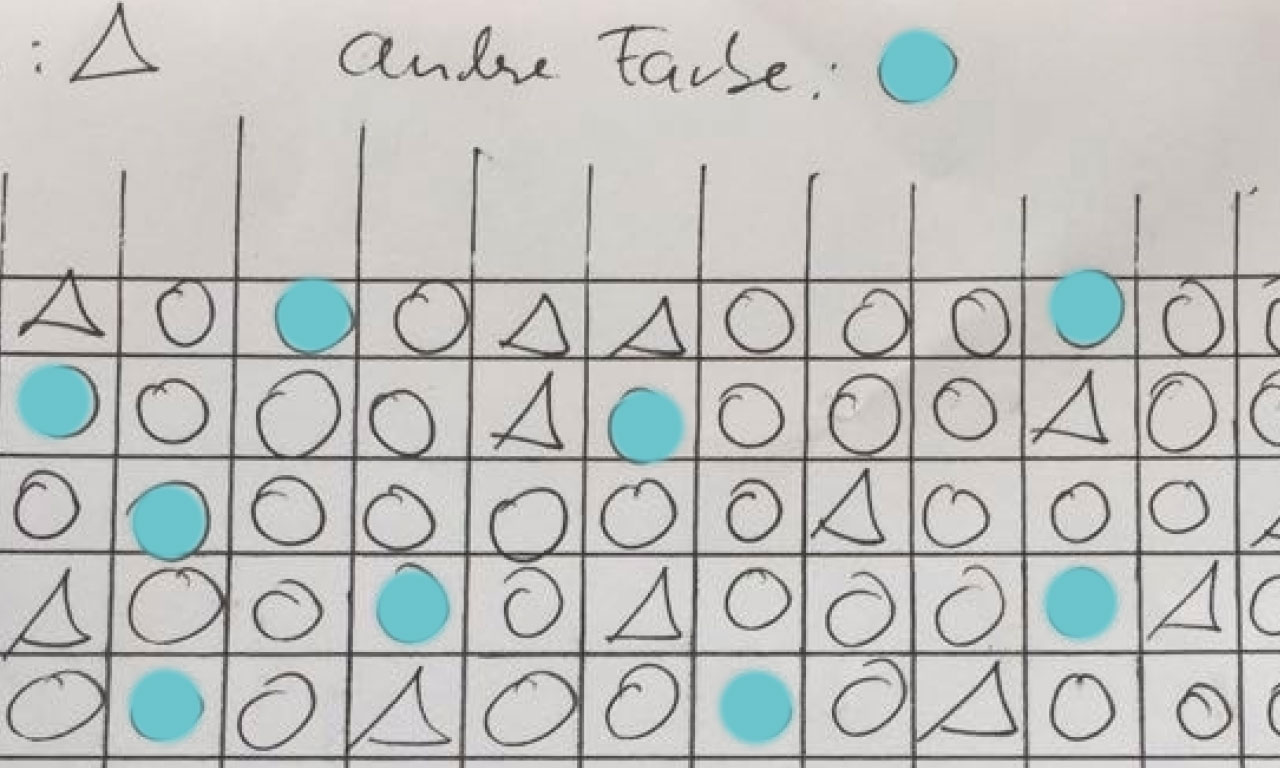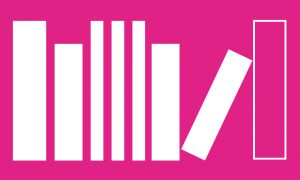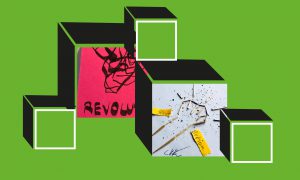
Binary code
Material
paper, pencil/s, ruler
Environment
table, desk pad
Activity
drawing, observing
Step-by-step instructions:
- Think of two simple symbols that can be easily distinguished from each other and drawn quickly. Do not use an X! (Simple variant: two different geometric shapes like circle and square // More complex variant: symbols that fit your environment, e.g. when you’re sitting in a café, coffee cup and piece of cake). Try out the symbols a few times in quick succession.
- Think of a simple algorithm for drawing the symbols: e.g. if someone with long hair walks by, draw a wave. If someone has short hair, draw a line.
Tip: You can also enter data available via webcams (big city, ski resort, bird’s nest). - Draw a 12×12 square grid on paper or cut the grid out of checkered paper.
- 3-2-1 monozukuri! Start drawing symbols on your checkered sheet by following the rules of your algorithm – until all the boxes are filled.
- If you notice on the way that your algorithm doesn’t work well, you may reprogram it.
Example: There are too few/too many people coming by, then add more rules. If you reprogram, indicate this by making five X’s in a row. Then continue with your new rules. - Once all the boxes are filled, stop the algorithm. You can further evaluate your survey: mark conspicuous outliers in color. See if you find recurring patterns in the symbols or make a frame around the same groups of symbols (e.g. you might find that a conspicuous number of people with long hair come in pairs, but the short-haired people are usually alone).
- Give your study an exciting, meaningful title at the end.



